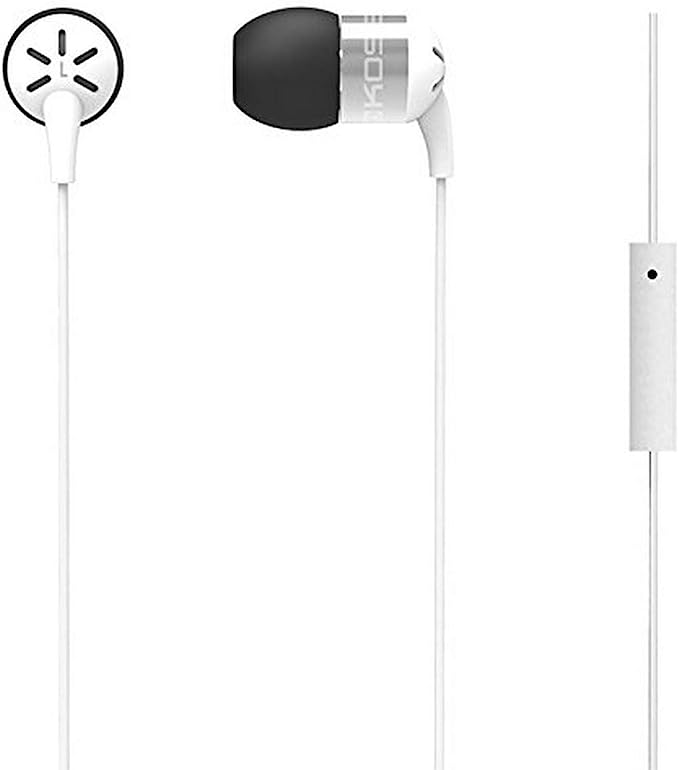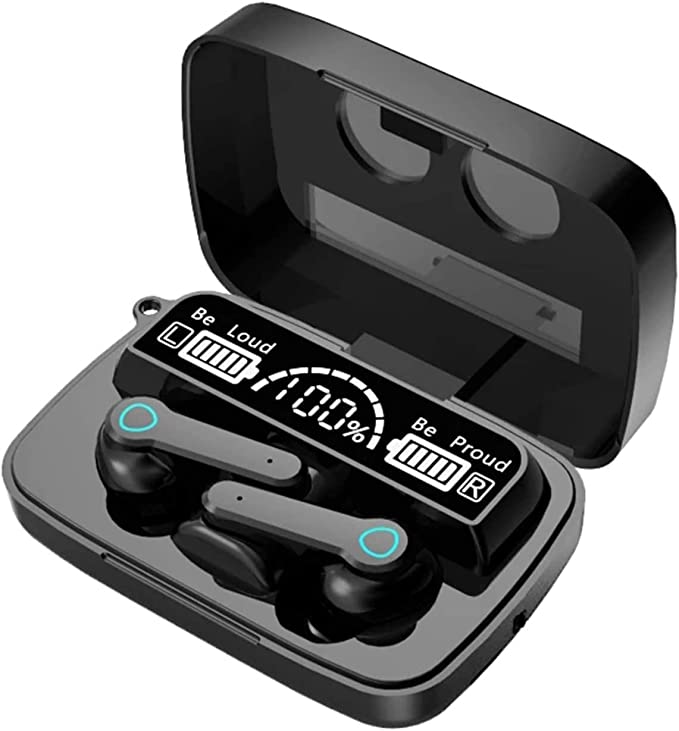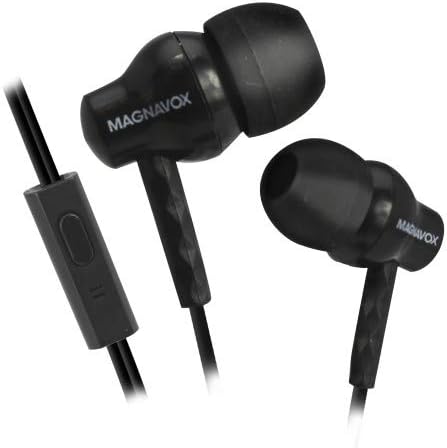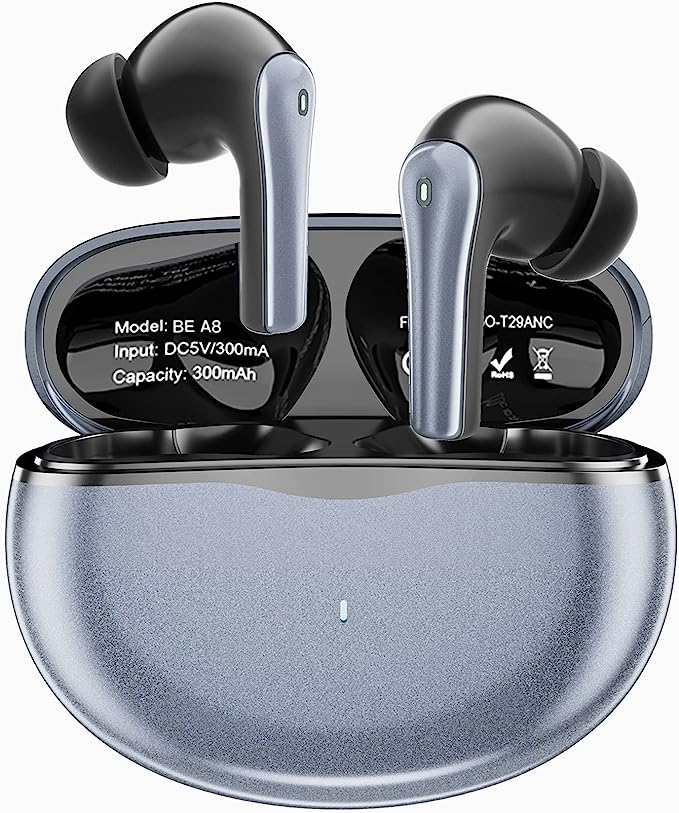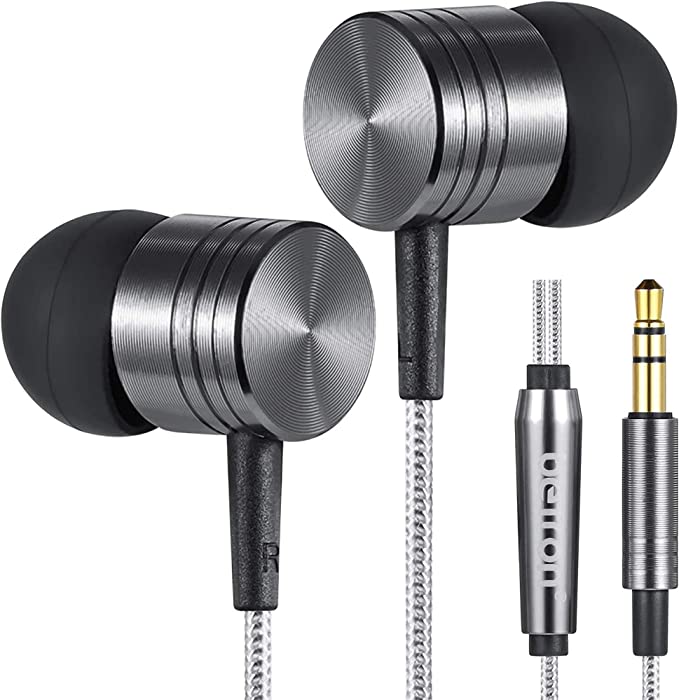Magnavox MHP4858 Earbuds: Impressive sound at an unbelievable price
Update on June 28, 2025, 9:56 a.m.
On the digital shelf, amidst a sea of high-performance audio gear, sits a small, unassuming specimen: the Magnavox MHP4858 In-Ear Stereo Earbuds. Its defining characteristic isn’t它的 a revolutionary driver or space-age material, but a price tag of $9.95. This figure is so low it feels less like a price and more like a dare. It begs the question: what, precisely, is the anatomy of a ten-dollar sound? To find out, we must place this product on the examination table and conduct an autopsy, peeling back the layers of plastic and marketing to reveal the engineering, economics, and compromises that lie within.
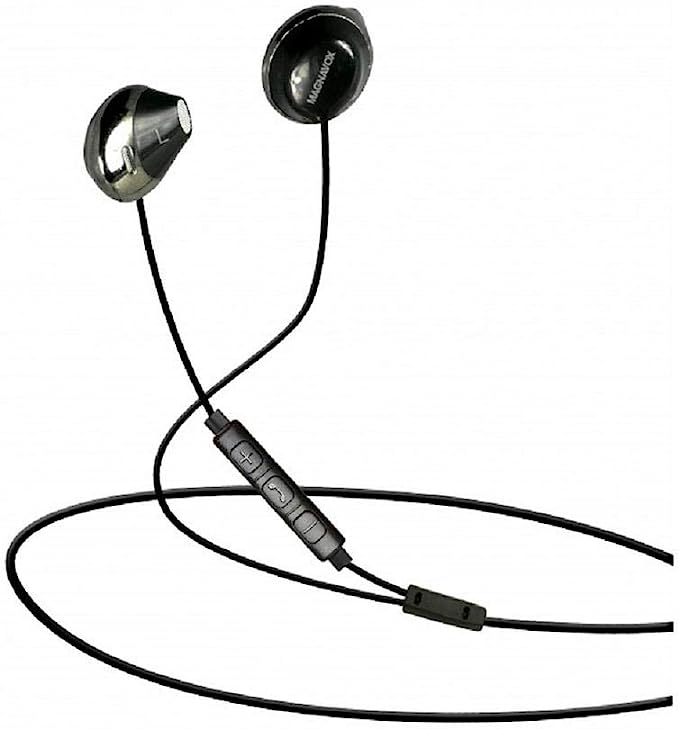
External Examination: A Flawed First Impression
Our initial inspection begins with the physical body—the part that interacts with our own. The form factor is “In Ear,” a design that, in theory, is superior. The entire principle of modern earbud acoustics rests on creating what engineers call an “acoustic seal.” Imagine a high-end home subwoofer. Placed in the middle of an open field, its power is lost to the air. But place it in a room, and the walls contain the sound pressure, allowing you to feel the bass. Your ear canal is that room. A proper seal allows the tiny driver to build pressure, delivering rich bass and blocking outside noise.
This is where our specimen first shows signs of congenital defects. User testimonies act as our preliminary medical report. “Shape of ear pieces are too big and a serious eventual discomfort,” notes K. Dixon. Conversely, V. LaBore states, “The earplugs themselves are a disappointment. There’s barely anything to keep them in your ear.” The diagnosis is clear: a fundamental failure in ergonomics. Creating a universal-fit earbud is an art of averages, but at this price, the budget for complex ergonomic modeling and multiple sizes of quality silicone tips is non-existent. The result is a product built not for the diverse reality of human ears, but for the unforgiving economics of a single, cheap injection mold. Without the seal, the acoustic principle collapses.
The Auditory System: The Ghost of a Performance
With the seal compromised, we turn to the sound itself—the “voice” of the device. The marketing promises “Rich Bass,” and to its credit, there is an audible low-end presence. But users report a critical symptom: the sound is “hollow.” This isn’t a subjective feeling; it’s a classic acoustic fingerprint.
To understand it, picture a live band. The bass drum and the bass guitar provide the low-end foundation. The cymbals provide the high-end sparkle. But the soul of the music—the vocals, the core melody of the piano, the texture of a guitar riff—lives in the mid-range. In many ultra-budget headphones, engineers employ a trick known as “V-shaped” tuning. They artificially boost the bass and the treble to create an immediate, albeit false, sense of excitement. The cost of this trick is carving out the mid-range. The singer is effectively pushed to the back of the stage. The result is exactly what users describe: a “hollow” sound that has a booming floor and a sizzling ceiling, but an empty room in between. It’s a sound signature designed to impress for 30 seconds on a shop floor, not for an hour of immersive listening.
The Nervous System: The Surprising Vigor of an Ancient Connector
As we trace the signal path, we find a surprising sign of health: the 3.5mm wired plug. In an age of wireless everything, this humble connector feels like an artifact. And it is. This standard is a direct descendant of the 1/4-inch jack invented in 1878 for telephone switchboard operators. It is a piece of 19th-century technology that perfected the simple, reliable transmission of an analog audio signal.
Herein lies its integrity. Unlike budget Bluetooth, there is no digital compression that strips away data, no distracting latency that puts audio out of sync with video, and no battery to die mid-commute. The signal flows from device to driver in a pure, unbroken stream. While its absence on many modern phones is a real-world inconvenience, the plug itself represents a point of uncompromising quality in a product otherwise defined by it. It’s an island of 140-year-old reliability in a sea of cost-cutting.
Internal Diagnosis: The Inevitable Systemic Failure
Now we cut deeper, to the root cause of the most critical user complaints: outright failure. “Only the left ear works,” reports Linda M. “The small speaker screens in the ear pieces can and do fall out,” observes K. Dixon. These are not random accidents; they are predictable outcomes.
Let’s consider the economics. For a product retailing at $9.95, after shipping, packaging, marketing, and profit margins for both the retailer and Magnavox are accounted for, the actual manufacturing cost—the “Bill of Materials” (BOM) plus assembly—is likely somewhere between one and two dollars. One dollar. That budget must cover two drivers, several feet of copper wire, a plastic housing, a microphone, the 3.5mm plug, and the labor to assemble it all.
This reality dictates every choice. The solder used to connect the fragile wires to the driver is the thinnest possible application. The glue holding the protective screen is a micro-droplet. The quality control (QC) process cannot afford to test every single unit rigorously. Instead, the business model accepts a certain percentage of failures as a cost of doing business. The broken earbuds aren’t anomalies; they are a statistical certainty, baked into the price tag from the very beginning.
The Autopsy Report: A Lesson in Value
Our examination is complete. The conclusion is not that the Magnavox MHP4858 is simply “bad.” It is a masterclass in compromise, a perfect physical manifestation of its $9.95 price point. The official cause of its many ailments can be diagnosed as “Terminal Affordability.”
It offers a functional, wired audio connection, which is precisely what it promises. But this function is achieved by sacrificing ergonomic comfort, acoustic fidelity, and manufacturing robustness. It teaches us a crucial lesson in consumer literacy. A price tag is not just a number; it is the most detailed specification sheet of all. It tells you about the quality of the components you cannot see, the integrity of the science you cannot hear, and the likelihood of the failure you hope to avoid. The true value of these earbuds, then, may not be in their use, but in the profound and inexpensive lesson they teach about the hidden costs of a bargain.


